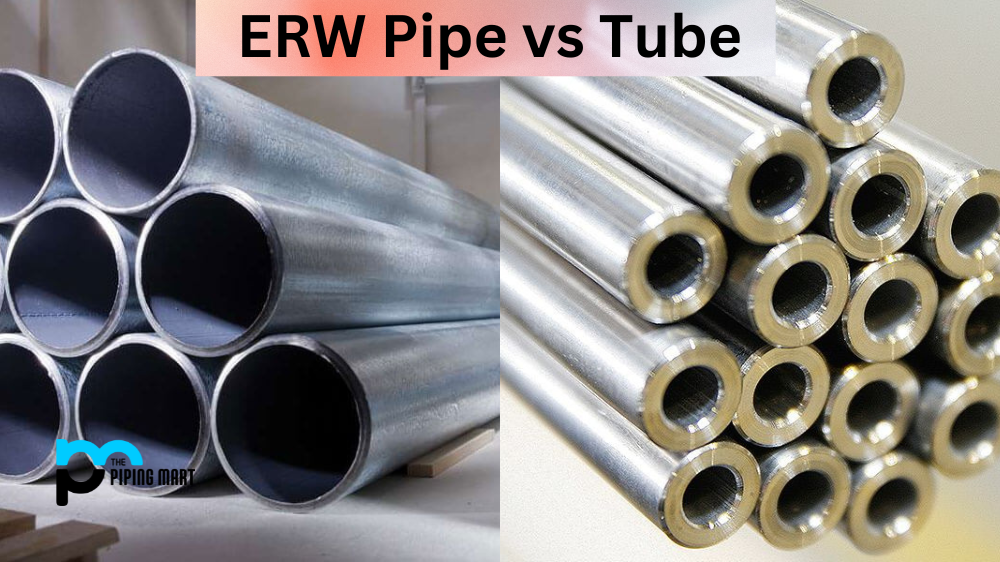When it comes to reaction rates, not all metals are created equal. In the world of chemistry, iron and zinc are two of the most commonly used metals – but which one is more reactive? Let’s dive into the reactivity of iron and zinc to find out.
Zinc is more reactive than iron in many circumstances; it tends to vigorously react with oxygen, which produces an oxide coating that helps protect it from further corrosion. Zinc’s reactivity makes it the preferable choice for certain industrial processes and applications like galvanizing steel or making batteries. Zinc reacts with acids and bases much faster than iron due to its greater reactivity, and when exposed to air or water, zinc corrodes much quicker than iron. Zinc metal is also often used as a sacrificial anode in cathodic protection systems where it corrodes instead of other metals like iron or copper, providing valuable protection for equipment. Zinc certainly has a variety of uses because of its increased reactivity compared to iron.
Reactivity of Iron and Zinc
Iron is a transition metal with an atomic number of 26, while zinc is a post-transition metal with an atomic number of 30. The lower atomic number gives the iron a higher electron affinity than zinc, which makes it more reactive than its counterpart. Iron has more potential to form bonds with other elements due to its higher electron affinity and lower electronegativity. This means that when iron interacts with other elements or compounds, it will often be the one donating electrons instead of accepting them. As such, iron has a greater tendency towards oxidation compared to zinc, making it more reactive overall.
When it comes to redox reactions (reactions involving reduction and oxidation), metals tend to follow certain patterns depending on their reactivity. For example, more reactive metals tend to be oxidized by less reactive ones in displacement reactions. Iron can also be used in redox titrations as a primary standard due to its high reactivity; this process involves using an acid-base reaction as well as a redox reaction between two solutions containing different concentrations of oxidizing agents. Because iron is so reactive, it can be used as the reference point for these redox titrations without fear that it will react too quickly or too slowly during the experiment.
Zinc metal has slightly better corrosion resistance than iron due to its lower reactivity; however, both metals are prone to rust when exposed to water or oxygen for extended periods. Zinc also offers superior galvanic protection compared to iron due to its lower reactivity; when placed between two dissimilar metals (such as steel and aluminum), zinc acts as an electrode that prevents corrosion from occurring on either surface by neutralizing any charge created by contact between the two surfaces. Regardless of this superior protection against corrosion, however, neither metal is considered ideal for long-term outdoor use due to its relatively poor corrosion resistance compared with other materials such as stainless steel or aluminum alloy.
Conclusion:
In conclusion, when comparing the reactivity of iron and zinc in chemistry experiments, it’s clear that iron is significantly more reactive than zinc due to its lower atomic number and higher electron affinity. However, both metals still exhibit significant levels of reactivity which make them vulnerable to corrosion over time if they’re not properly protected against water or oxygen exposure – so take proper precautions if you plan on using either metal outdoors! Understanding how these two common materials interact with each other can help students studying chemistry achieve better results in their experiments and improve their understanding of chemical reactions overall.

Pipingmart is a B2B portal that specializes in metal, industrial and piping items. Additionally, we share the latest information and information about materials, products and various types of grades to assist businesses that are involved in this business.




